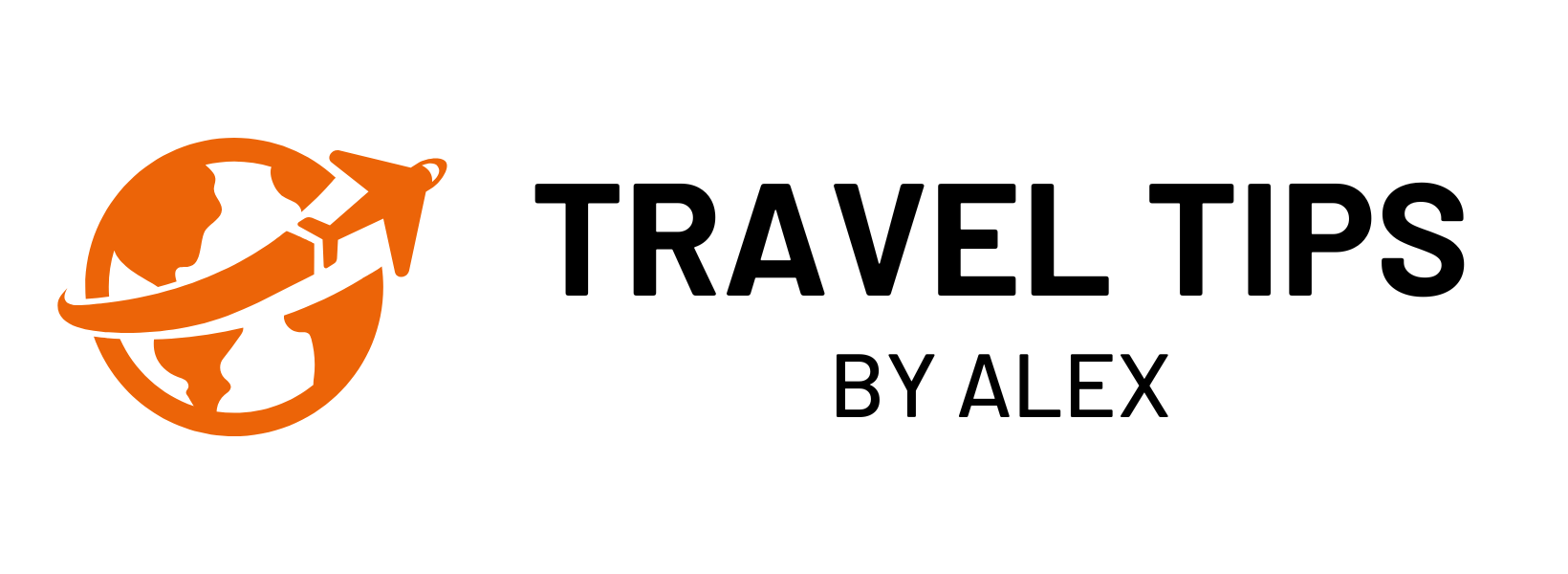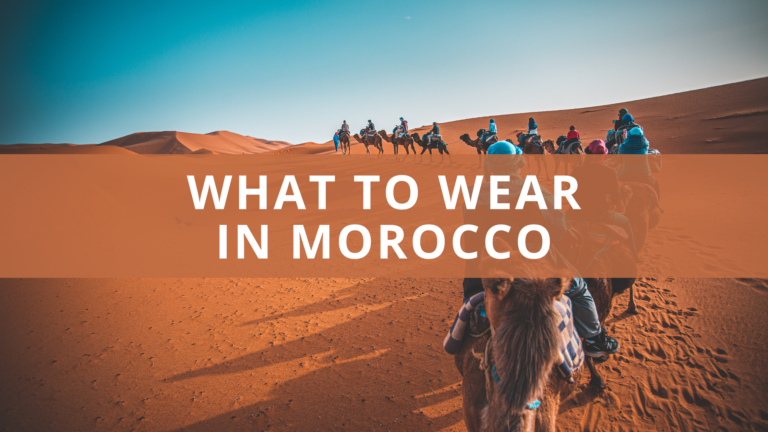What to Wear in Morocco by Month & Activity (And Not!)
If you’re planning a trip to Morocco, it’s important to dress appropriately for the climate and cultural norms of the country. Morocco is a country with a diverse landscape and a mix of traditional and modern cultures. As such, the clothing requirements may vary depending on the month and the activity.
In this article, I’ll break down what to wear in Morocco by month and activity, as well as what not to wear. I’ll also provide tips for dressing appropriately for different events and occasions.
Moroccan Climate and Cultural Dress Code
Morocco has a varied climate, with temperatures ranging from the mid-20s to the low-30s Celsius throughout the year. The coastal areas are generally cooler, while the inland regions are warmer.
In terms of the cultural dress code, Morocco is a predominantly Muslim country, and modesty is highly valued. While it’s not strictly necessary to cover your head or wear a hijab, it’s recommended to dress conservatively, especially in public places such as markets and mosques.
Modest Clothing Recommendations
- Loose, lightweight, and breathable clothing is recommended for both men and women, especially during the summer months.
- Long-sleeved shirts and long pants or skirts are recommended for both men and women.
- Women should bring a scarf or shawl to cover their hair when entering mosques or other religious sites.
What to Wear in Morocco by Month
What to Wear in Morocco in January – February
- The winter months in Morocco can be chilly, especially in the evenings.
- Pack a warm jacket, scarf, and hat to stay warm during the colder days and nights.
- Layering is recommended, as temperatures can fluctuate throughout the day.
- Closed-toe shoes or boots are recommended, as the ground may be wet or muddy.
What to Wear in Morocco in March – April
- The weather starts to warm up in March, with temperatures ranging from the mid-20s to the low-30s Celsius.
- Light, breathable clothing is recommended, such as cotton shirts and linen pants.
- Shorts are acceptable, but it’s still recommended to dress modestly and avoid revealing clothing.
- Sandals or other comfortable footwear are recommended for exploring the cities and towns.
What to Wear in Morocco in May – June
- May and June are some of the most pleasant months to visit Morocco, with temperatures ranging from the mid-20s to the mid-30s Celsius.
- Light, breathable clothing is still recommended, but you can start to wear shorter sleeves and skirts.
- Sandals or comfortable shoes are recommended, as well as a hat and sunglasses to protect against the sun.
What to Wear in Morocco in July – August
- July and August are the hottest months in Morocco, with temperatures reaching the high-30s to low-40s Celsius.
- Light, loose-fitting clothing made from breathable fabrics such as cotton or linen is recommended.
- Wear a hat and sunglasses to protect against the sun, and drink plenty of water to stay hydrated.
- Sandals or other comfortable footwear are recommended, but avoid wearing flip-flops or open-toed shoes.
What to Wear in Morocco in September – October
- September and October are ideal months to visit Morocco, with temperatures ranging from the mid-20s to the low-30s Celsius.
- Light, breathable clothing is still recommended, but you can start to wear longer sleeves and pants.
- Sandals or other comfortable shoes are recommended, as well as a hat and sunglasses to protect against the sun.
What to Wear in Morocco in November – December
- The weather starts to cool down in November and December, with temperatures ranging from the mid-10s to mid-20s Celsius.
- Pack warm layers such as sweaters, jackets, and scarves to stay warm during the colder days and nights.
- Closed-toe shoes or boots are recommended, as the ground may be wet or muddy.
What to Wear in Morocco by Activity
Exploring the Cities and Towns
- For exploring the cities and towns, comfortable walking shoes are recommended.
- Pack light, breathable clothing that’s appropriate for the weather and cultural norms.
- It’s recommended to carry a scarf or shawl with you, especially for women, to cover up when entering religious sites or other public places.
Visiting Mosques and Other Religious Sites
- When visiting mosques and other religious sites, it’s important to dress modestly.
- Women should cover their heads with a scarf or shawl and wear long sleeves and pants or skirts.
- Men should also dress modestly and avoid wearing shorts.
Desert Tours and Camel Rides
- For desert tours and camel rides, it’s recommended to wear loose, comfortable clothing that will keep you cool in the heat.
- Long pants or skirts are recommended to protect your legs from the sun and sand.
- Closed-toe shoes or boots are recommended to protect your feet from the hot sand.
Beaches and Swimming Pools
- Morocco has many beautiful beaches and swimming pools, but it’s important to dress modestly.
- Women should wear a one-piece swimsuit or a modest bikini, and men should avoid going shirtless.
- Bring a cover-up or sarong to wear when walking around the beach or pool area.
What Not to Wear in Morocco
- Revealing clothing such as tank tops, shorts, and mini skirts should be avoided, especially in public places.
- It’s not recommended to wear tight or clingy clothing, as it may be seen as inappropriate.
- Avoid wearing clothing with offensive language or graphics.
Frequently Asked Questions
Can I wear sandals in Morocco?
Yes, sandals are recommended for exploring the cities and towns, but avoid wearing flip-flops or open-toed shoes.
Do I need to cover my head in Morocco?
It’s not strictly necessary to cover your head or wear a hijab, but women should bring a scarf or shawl to cover their hair when entering mosques or other religious sites.
Can I wear shorts in Morocco?
While shorts are acceptable, it’s recommended to dress modestly and avoid revealing clothing.
Can I wear swimwear on the beach in Morocco?
Yes, you can wear swimwear on the beach, but it’s important to dress modestly. Women should wear a one-piece swimsuit or a modest bikini, and men should avoid going shirtless.
Is it appropriate to wear traditional Moroccan clothing?
It’s not necessary to wear traditional Moroccan clothing, but it’s a great way to experience the local culture and show respect for the country’s traditions.
Conclusion
Morocco is a beautiful country with a rich cultural heritage and diverse landscapes. When packing for your trip, it’s important to consider the climate and cultural norms of the country.
By following the recommendations in this article, you’ll be able to dress appropriately for your activities and show respect for the local culture.
Remember to dress modestly, wear comfortable shoes, and protect yourself from the sun. With these tips, you’ll be able to enjoy all that Morocco has to offer in comfort and style.
- What to Wear in Cancun by Month & Activity (And Not!) - March 13, 2023
- What to Wear in New York by Month & Activity (And Not!) - March 13, 2023
- What to Wear in Morocco by Month & Activity (And Not!) - March 13, 2023

